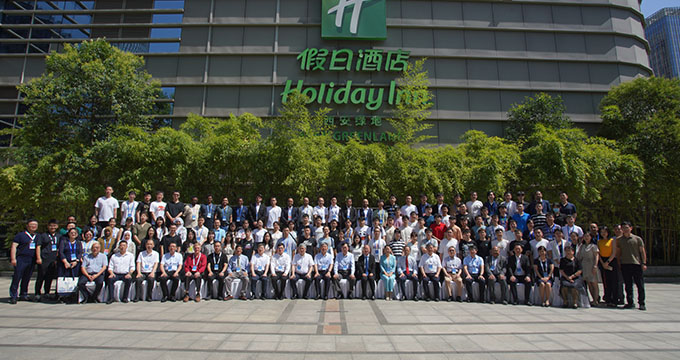

310 views||Release time: Dec 23, 2024
A well-planned academic conference schedule is essential for ensuring the event runs smoothly, keeping both attendees and speakers engaged. It acts as a roadmap for the conference, guiding everyone from session start times to networking opportunities. A poorly organized schedule can create confusion, leading to missed sessions, disorganized discussions, or even frustration among participants.
In this guide, we'll explore how to design an effective academic conference schedule that optimizes time, promotes networking, and delivers a seamless experience for attendees and speakers alike.

Before diving into the structure, it's important to understand why the conference schedule matters. A clear, concise, and well-balanced schedule helps:
A comprehensive academic conference schedule typically includes the following key sections:
Registration: Set aside time for attendees to check-in, receive their materials, and network with other early arrivals.
Welcome Remarks: A brief welcome from the conference organizers or keynote speakers, outlining the event’s agenda and goals.
Example:
Keynote Speakers: Typically scheduled at the start of the event to set the tone and provide context for the conference theme.
Time: Allocate a sufficient duration (45-60 minutes) for keynote presentations, followed by a Q&A session.
Example:
Session Types: These may include panel discussions, paper presentations, workshops, or poster sessions.
Time Allocation: Depending on the conference size and topic, sessions usually last 60-90 minutes.
Tracks: If the conference has multiple tracks (e.g., social sciences, engineering, healthcare), ensure that sessions are organized accordingly to allow attendees to follow specific topics.
Example:
Breaks: Include coffee breaks or short breaks after each session to allow attendees to network and discuss the presented topics.
Lunch: Provide a longer break for lunch and informal networking.
Example:
These may mirror the morning session format, with a mix of presentations, panel discussions, or workshops.
Ensure there is enough variety to keep attendees engaged throughout the day.
Example:
Summarize the key takeaways from the conference, thank the speakers and attendees, and provide information on future events or conferences.
It’s also helpful to provide time for final Q&A and feedback.
Example:
Workshops: If your conference includes specialized workshops or training sessions, highlight these in the schedule.
Social Events: Networking dinners, evening social events, or cultural activities can be great opportunities for attendees to engage outside the formal sessions.
Example:
Day 1: [Conference Name]
| Time | Session |
|---|---|
| 8:00 AM - 9:00 AM | Registration & Coffee |
| 9:00 AM - 9:15 AM | Welcome Remarks & Introduction |
| 9:15 AM - 10:15 AM | Keynote: "The Future of AI in Healthcare" - Dr. John Smith |
| 10:15 AM - 10:45 AM | Q&A with Keynote Speaker |
| 10:45 AM - 12:15 PM | Concurrent Sessions: Track 1 - Paper Presentations, Track 2 - Panel Discussion |
| 12:15 PM - 1:30 PM | Lunch Break & Networking |
| 1:30 PM - 3:00 PM | Concurrent Sessions: Track 1 - Paper Presentations, Track 2 - Workshop |
| 3:00 PM - 3:30 PM | Coffee Break |
| 3:30 PM - 4:30 PM | Panel Discussion: "Ethics of Artificial Intelligence" |
| 4:30 PM - 5:00 PM | Closing Remarks & Future Directions |
| 5:00 PM - 5:30 PM | Closing Reception & Informal Networking |
Creating a detailed and well-thought-out conference schedule is a critical aspect of organizing an academic event. A clear, organized timetable will help your participants make the most of the event by ensuring they know where to be and when, while also offering plenty of opportunities for networking and engagement.
For more resources and tips on organizing academic conferences, visit iconf.com for expert advice and tools to streamline your event planning.